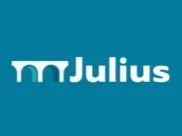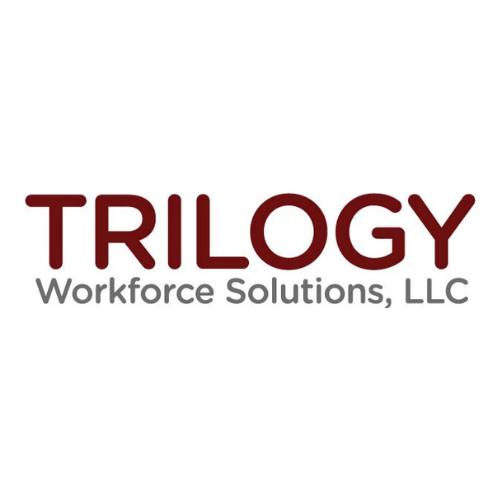WHAT THE FLEX?
Demand flexibility is the heartbeat of our future grid. It is the coordinated manipulation of energy consumption and production across grid devices on a massive scale while maintaining livability and comfort standards.
Through demand flexibility, we can move energy production and demand into greater alignment, which reduces the need for costly infrastructure investments in transmission and central generation. It makes the most of existing resources, saves the grid money, and saves the consumer money.
Origins
On August 13, 2021, the United States Department of Energy’s Building Technologies Office announced $83 million in funding for projects that will lower Americans’ energy bills by investing in new energy-efficient building technologies, construction practices, and the U.S. buildings sector workforce. As part of this award, the Association of Energy Services Professionals and its partners were charged with building online, interactive education on grid-interactive, demand-flexible energy technologies for energy efficiency and demand management professionals. And so, FLEX was born.
By providing free access to the latest demand flexibility knowledge, FLEX will teach current workforce participants what they need to know to be ready to implement tomorrow’s clean, flexible grid. New workforce entrants will utilize this content to quickly get up to speed and make themselves attractive candidates for employers across the North American electric sector.
Why does it mattter?
Even though there is demand for it, there is little training for designing and implementing flexible demand offerings - especially if you are looking for public resources on aggregating grid-interactive technologies. We crafted a suite of courses that answer that demand. FLEX satisfies a crucial gap in North America’s energy workforce development while accelerating comprehensive solutions by training our workforce to implement solutions across technology and business silos instead of within them.
There are two core industry benefits to the delivery of this training to the current energy workforce:
Training to move from individualist EE programs to smart energy programs will allow energy companies to overcome current program limitations.
Well-orchestrated EE programs will become a core tool for meeting national, state, and local carbon reduction goals.
Making this reality is essential for the long-term success of any fully-integrated EE/DER solution set.
Flex Partners
Meet the Industry Advisors Guilding the Flex Program
-
President & CEO, Founder
Alliance for Tribal Clean Energy -
Executive Director
Electrification Coalition -
President & CEO
Interstate Renewable Energy Council -
Vice President, Integrated Grid
National Rural Electric Cooperative Association -
CEO
Building Performance Institute (BPI)
-
Vice President of Inclusion and Economic Development
Solutions for Energy Efficient Logistics (SEEL) -
President
The JPI Group -
Co-Director
HBCU Clean Energy Initiative -
CEO
Green Resources & Opportunities Workforce (GROW) -
CEO
Zpryme
-
Associate Data Research Scientist
Pacific Northwest National Laboratory (PNNL) -
Senior Advisor for STEM & University Partnerships
U.S. Department of Energy -
Senior Manager, Workforce Development
National Renewable Energy Laboratory (NREL) -
Parnter
Transform Power Systems -
Executive Director
PLMA











